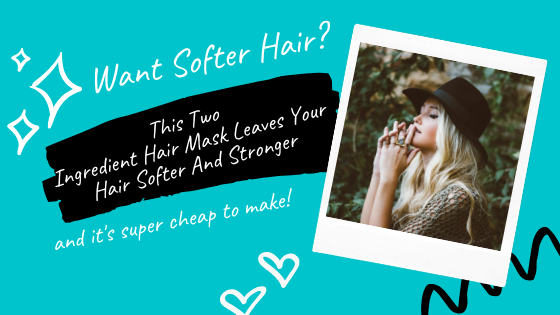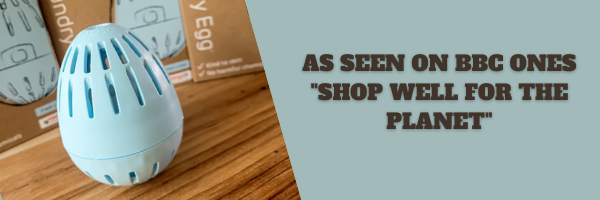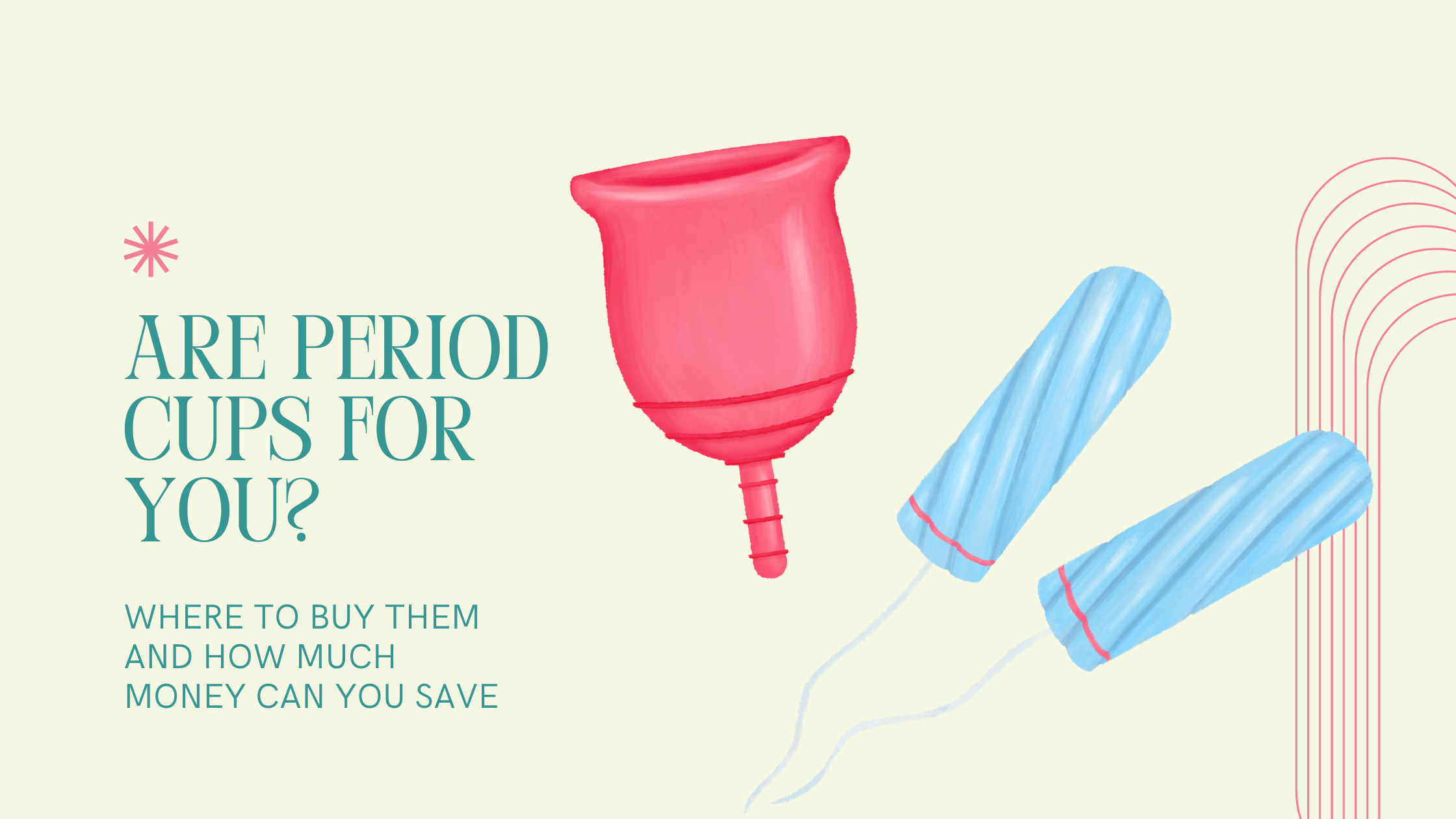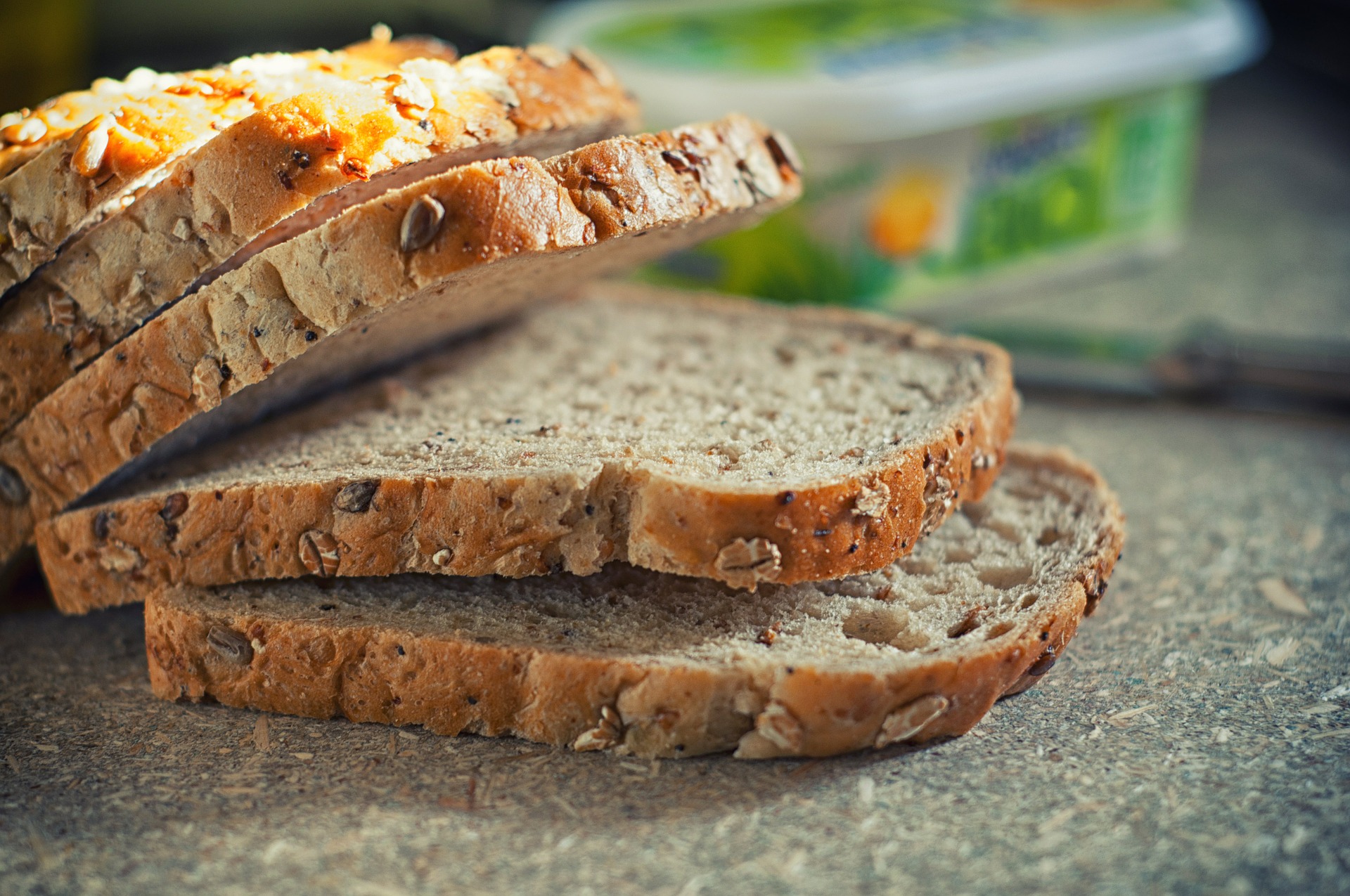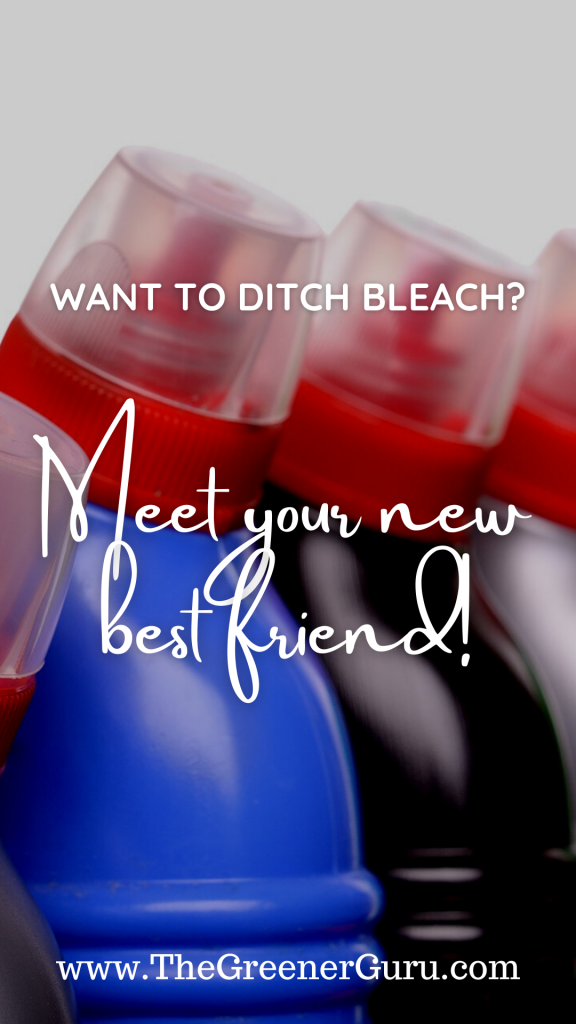
We all know bleach is an irritant. Get it on your skin and it can burn the skin, even breathing in the fumes when cleaning can irritate your lungs. And the aspect that it will stain your clothes if you spill any is super annoying!
From an environmental aspect, bleach is quite simply not environmentally friendly at all. It is harmful to aquatic life when poured down the drain or flushed down the toilet and can be especially harmful to pets and children.
But what alternative do we have if we want to sanitise and clean?
2 ingredients – Natural Bleach and Citric Acid. Yup, it is that easy, no harsh chemicals, nothing to stain your clothes, just 2 natural cleaning ingredients.
Natural Bleach (also known as Sodium Percarbonate or Oxygen Bleach – available here for £6)
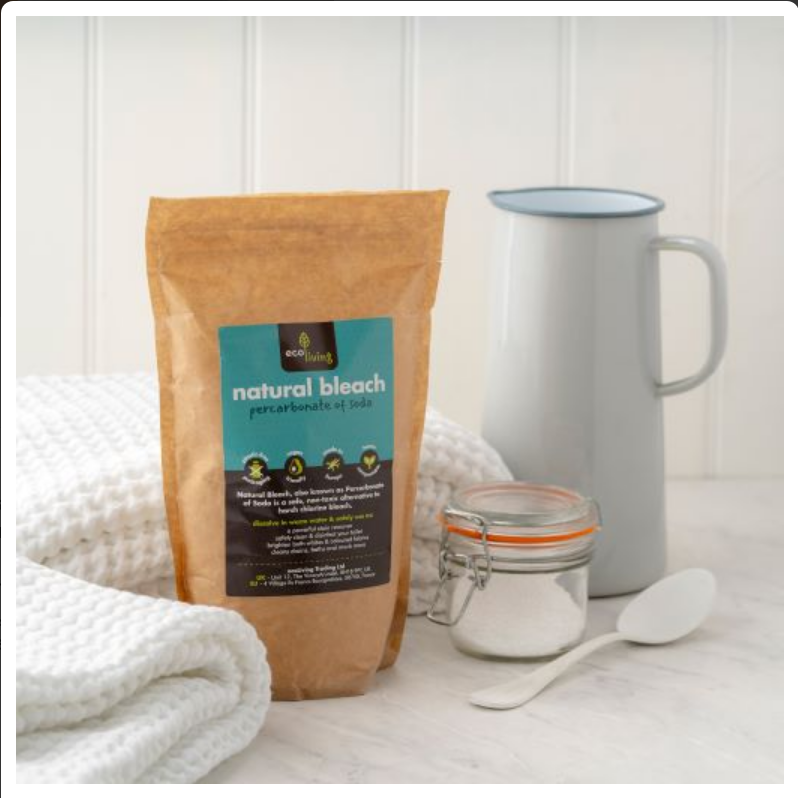
This product is a staple in my eyes and it is my go to product every Monday when I go around the house cleaning the bathrooms. I take a large jug and add 1lr of boiling water to 1 tablespoon of natural bleach, the hot water activates the oxygen bubbles that make the natural bleach effective. Sounds mad doesn’t it? Oxygen bubbles cleaning as well as bleach? But trust me, this stuff is amazing!
It’s doesn’t just replace toilet bleach, natural bleach is also the active ingredient in most commercial stain removers. You can pop a spoonful in with your wash to boost the cleaning power but I mostly use it as a targeted stain remover or to soak the kids white shirts before washing to keep them looking bright for school.
Decks and patios can also be cleaned with this wonder product. Mix 50g of natural bleach with 1ltr of hot water and pour it across the area that needs cleaned. Leave it to soak as long as you can without drying, give it a gentle scrub with your yard brush and rinse/hose it down to reveal your lovely clean surface.
Have any stained tea cups or oven dishes? Pop a teaspoon of natural bleach into the cup/dish and add boiling water, come back half an hr later to gently wash the item with a dish cloth and rinse. The stains will have gone and your item will be looking much cleaner and fresher.
Citric Acid (Available here for £7)
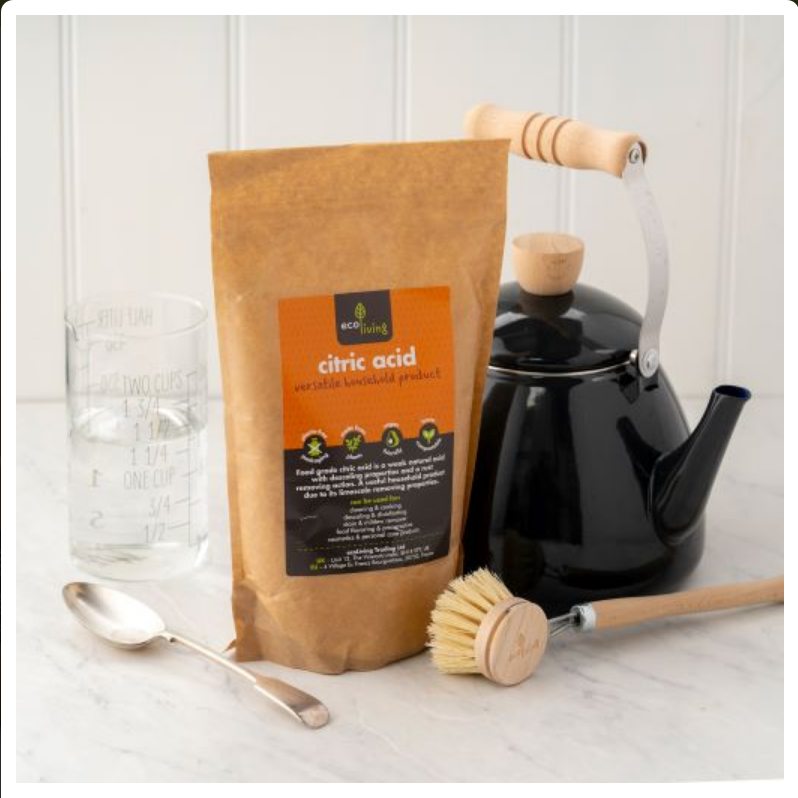
You’ve seen citric acid before, it’s an ingredient you will find in anything from fizzy drinks to sweets. The fact it is in our food and drink should give you the inkling that this is a safe product to use for cleaning and won’t have a negative affect on our waterways.
It is the most perfect descaler! Ever looked in your kettle and felt dismayed at the limescale build up? One tablespoon of citric acid in half a kettle of water will sort you out. Boil the kettle and leave it to cool, once cooled give the inside a wipe down with a cleaning cloth or dish brush just to remove any lingering limescale and then rinse.
Limescale doesn’t just build up in kettles and you can use citric acid to remove the build up in your toilet, taps and shower heads too.
For toilet maintenance pop 2 tablespoons into the toilet weekly and leave overnight. To treat really tough limescale, pop 200 – 300g into your loo and leave it overnight to work its magic. When you get up give the loo a run around with the loo brush and then flush.
For taps you can soak a dish cloth in a citric acid solution and wrap it around the tap for an hr. Give the tap a good rub and a rinse when you remove the cloth to get rid of any tough spots clinging on.
For general cleaning in the kitchen and bathroom you can make a surface spray with your citric acid. Pop 2 teaspoons of citric acid into around 300ml of warm water, shake and you’re good to go (but do not use this on porous stone surfaces such as marble as the acidic nature could damage these surfaces over time).
Of course this list isn’t exhaustive and you can use use these 2 natural ingredients for so much more than I have mentioned but I really hope this blog has helped you see that cleaning naturally doesn’t have to be difficult.
Both items are available in the shop packaged in home compostable bags. Natural Bleach is £6 and Citric Acid is £7
